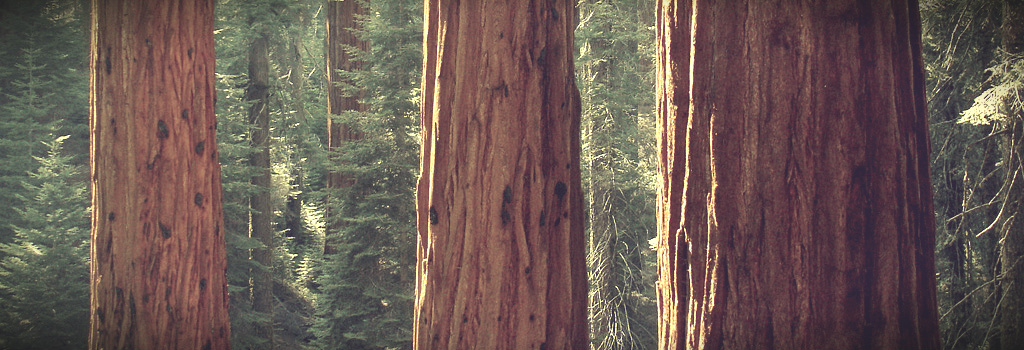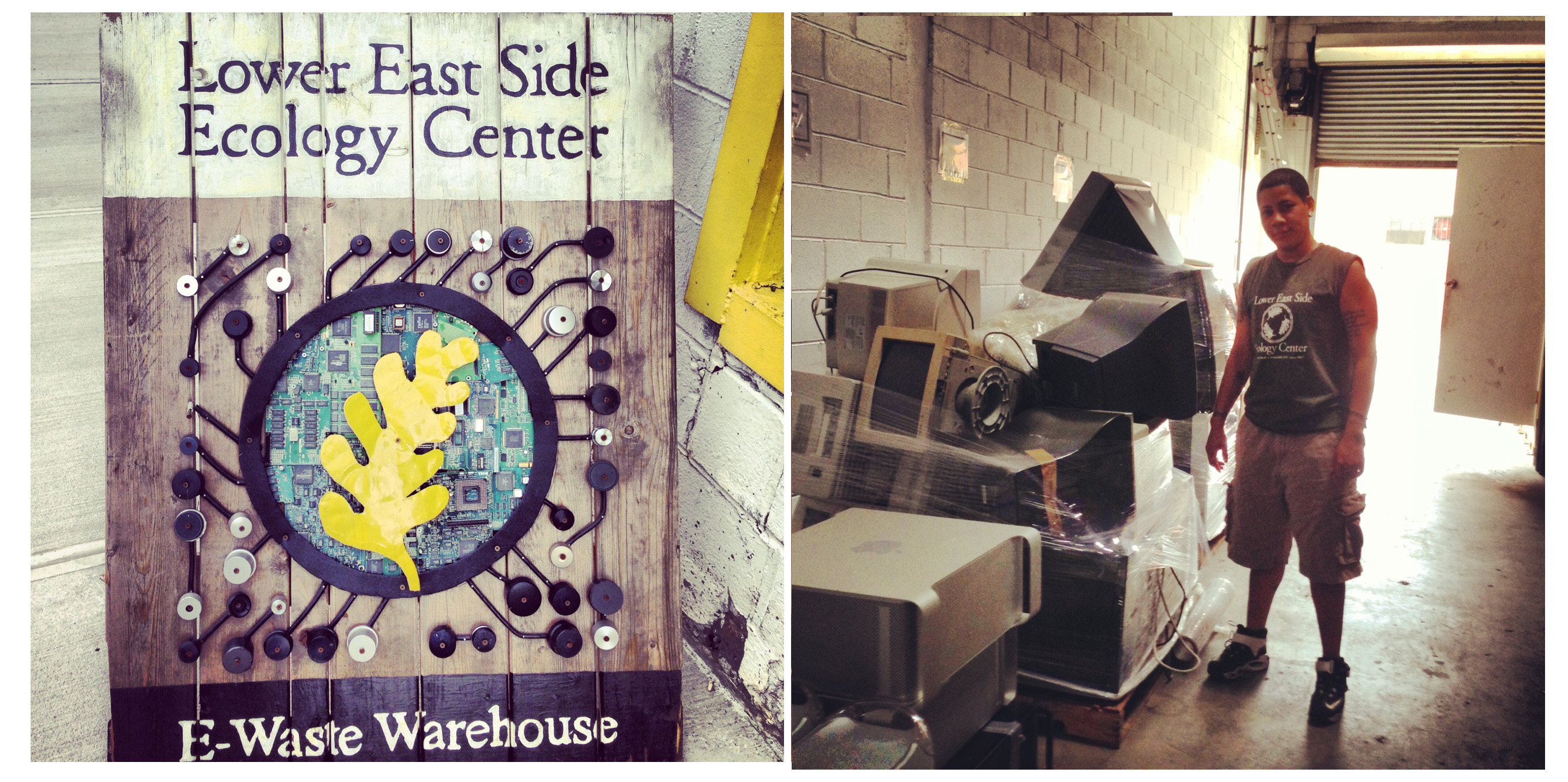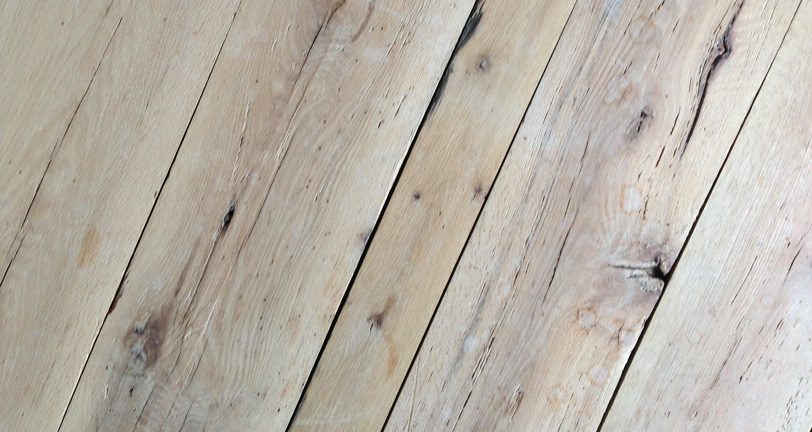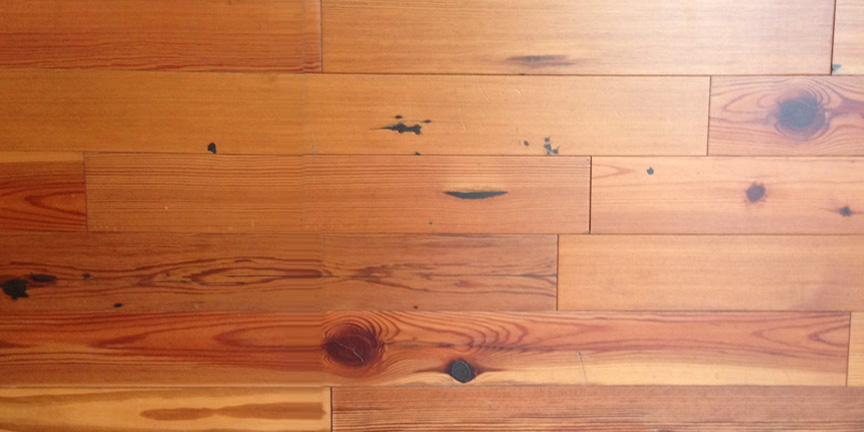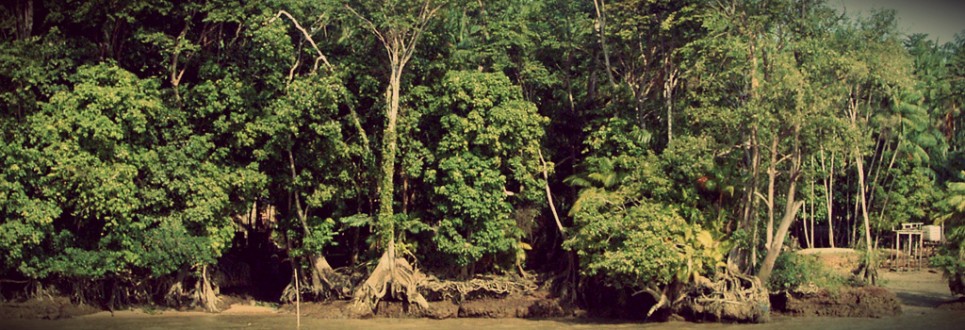 Nothing if father off from the concrete jungle than the natural one, like the largest of them all, the Brazilian Rainforest. One place where ecological and human made diversity collides is in the city parks and boardwalks, where woods harvested from the deep forests of South America are used extensively. NYC, as it turns out, is the largest consumer of tropical hardwoods in the country. The issue has drew the sharp criticism of environmental groups and the city responded. The fabled Coney Island Boardwalk will be replaced with concrete, except for the one block in front of the amusement area. Global warming is afar scarier ride than the Cyclone, so the question of nature verses nostalgia was an easy one.
Nothing if father off from the concrete jungle than the natural one, like the largest of them all, the Brazilian Rainforest. One place where ecological and human made diversity collides is in the city parks and boardwalks, where woods harvested from the deep forests of South America are used extensively. NYC, as it turns out, is the largest consumer of tropical hardwoods in the country. The issue has drew the sharp criticism of environmental groups and the city responded. The fabled Coney Island Boardwalk will be replaced with concrete, except for the one block in front of the amusement area. Global warming is afar scarier ride than the Cyclone, so the question of nature verses nostalgia was an easy one.
It’s not so easy to pass on the irreplaceable qualities that Rainforest woods offer – remarkable resistance to water, rot and insects; incredibly hard (3x stronger than Oak), and a distinct weathered grey patina. But the harvesting of these woods creates wholesale destruction. Ipe trees for instance grow over a hundred feet apart, so there’s a lot of collateral damage – to untold species of plants, insects, animals and ultimately humans.But the experience of these woods still has one sustainable, but very limited form – as reclaimed lumber. FSC Ipe, for instance, has now been available since 2007, but certificates have been known to be occasionally forged. All of the tropical hardwoods that are used on the boardwalk are remarkably durable and insect resistant, naturally – they don’t need to be coated or impregnated with harsh chemicals. And there are a range of hardwoods that are harvested, with some difficult to distinguish from the next, not unlike the ‘white woods’ of Spruce, Hemlock and White Pine in the Northeast.
These woods are valuable as timber trees, especially for furniture, decking, and other outdoor uses. In the Amazon, tribes use it for hunting bows. It’s also a beautiful ornamental tree for landscaping gardens and public areas, with colorful flowers. It’s also a useful honey plants for bees, and popular with the hummingbirds. Certain products extracted from the tree have had a range of folk medicine uses.
